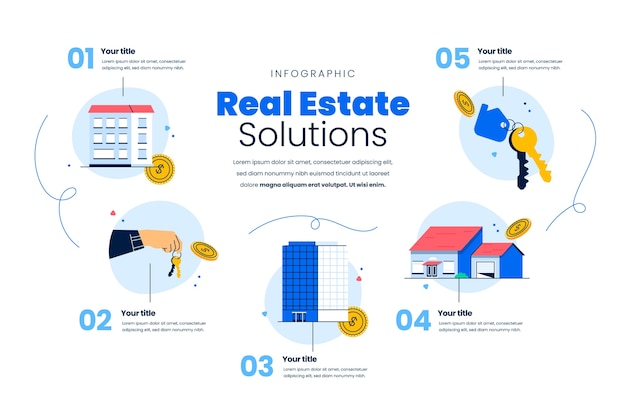
A Home Equity Line of Credit (HELOC) is a financial tool that homeowners can use, essentially treating their home like a credit card. As the homeowners accumulate equity in their home, they can borrow against that equity. It’s similar to a secondary mortgage in certain ways but differs in its flexibility and how you can utilize the funds. Have you ever grappled with the decision to choose between a HELOC and a home equity loan?
A home equity loan, on the other hand, also allows homeowners to borrow against their home’s equity, but with a fixed amount of money. Both types of loans allow homeowners to take advantage of their accumulated home equity. However, they each come with their own advantages and disadvantages.
Let’s compare a Home Equity Line of Credit (HELOC) to a home equity loan, discussing the pros, cons, and other factors to consider, for a more informed decision.
HOME EQUITY LINE OF CREDIT (HELOC)
PROS:
HELOCs operate like a revolving line of credit, analogous to a credit card. They allow owners to borrow, repay, and borrow once more, which provides adaptability for rolling expenses or assignments.
They are often inexpensive to initiate as compared to home equity loans, making them a more affordable option.
HELOCs come with variable interest rates which can go down, thus reducing borrowing expenses.
HELOCs offer a flexible fund acquisition over an extended span up to a set credit limit.
Interests on your HELOC could be tax-deductible, contingent upon the manner the funds are used and the prevailing tax laws.
CONS:
Remember, those variable interest rates can also increase, leading to higher costs in borrowing.
The loan structure of HELOCs can tempt borrowers into accruing more debt than they can reimburse.
Your home can be lost if you fail to repay.
HOME EQUITY LOAN
PROS:
These offer fixed-interest rates, making your monthly repayment sum predictable.
These offer a single lump-sum of loan amount beneficial for dealing with specific expenditures.
Repayment schedules are consistent and structured, making budgeting more straightforward.
CONS:
Your loan repayment can increase if interest rates rise.
Non-repayment can cost you your home.
HOW TO ACCESS A HELOC AND HOME EQUITY LOAN
Let’s delve into the steps involved in securing a home equity loan and HELOC, including application processes, credit requirements, closing costs, and appraisal needs.
1. REVIEW YOUR FINANCIAL STATUS
Calculate your home’s market value then subtract your mortgage balance to determine your equity.
Analyze your financial necessities and objectives to decide the amount you need to borrow.
2. EXPLORE LENDERS
Compare diverse lenders, including banks and online platforms.
Consider advice from family, friends, or financial advisors.
3. BEGIN APPLICATION
Understand Your Equity: Your home equity is the part of your house you’ve paid off.
Credit Score: Your three-digit credit score is essential to your loan application.
Debt-to-Income Ratio (DTI): Lenders will evaluate your DTI to understand your financial stability.
4. UNDERGO PROPERTY APPRAISAL
A home appraisal may be needed to estimate your home’s current market value.
5. STUDY CREDIT REQUIREMENTS
Assess your credit report for accuracy and to understand your creditworthiness.
6. ESTIMATE CLOSING COSTS
Closing costs cover application fees, title search, attorney fees and others.
7. REVIEW LOAN TERMS AND CLOSE
Once approved, your lender will give details about loan terms.
Review the terms carefully and sign if you agree.
The lender completes the process by preparing legal documents and charging any closing costs.
CONCLUSION
The choice between HELOCs and home equity loans depends on your financial circumstances and personal needs. Bear in mind that both require using your home as collateral, therefore not meeting payment terms could lead to losing your home.


